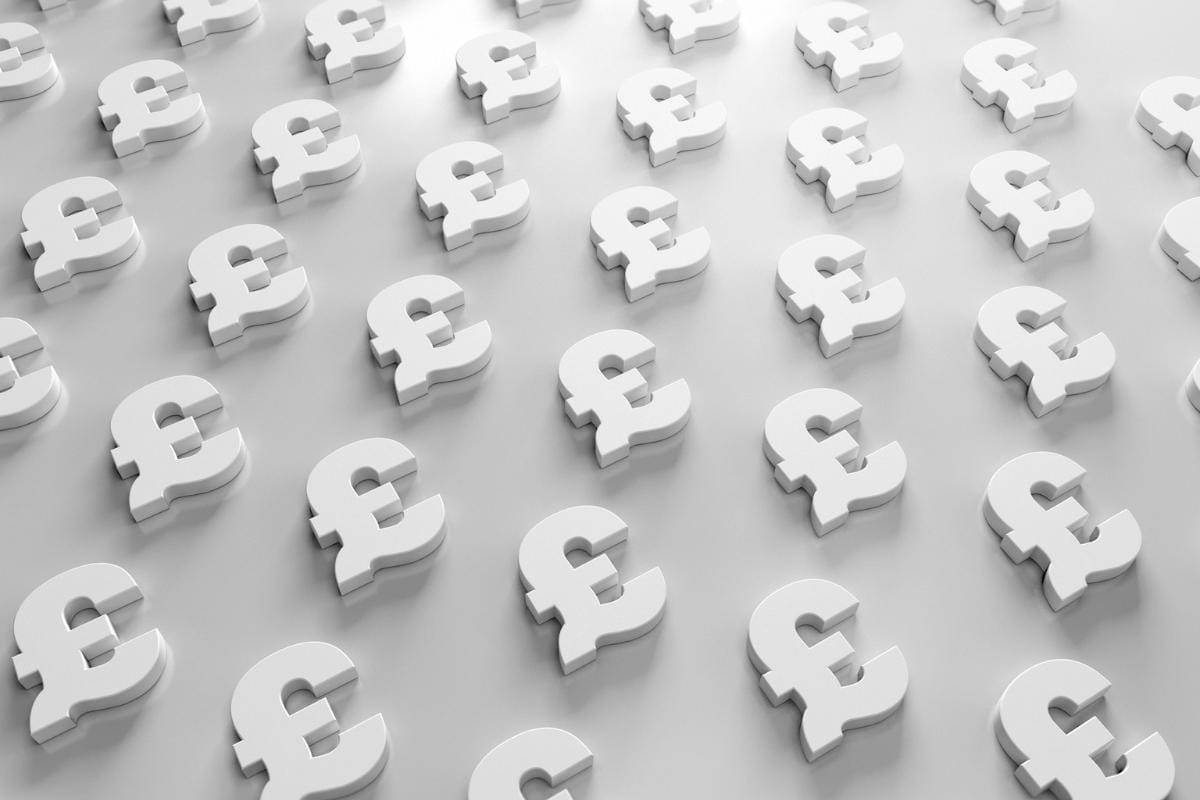Rumours are swirling that the Chancellor could cap how much savers can put into Cash ISAs, potentially halving the current allowance. Rob Morgan, Chief Investment Analyst at Charles Stanley, explores whether restricting Cash ISA tax breaks could encourage longer-term investing and boost the UK stock market.
Earlier this year, the government was rumoured to be considering a cut in the amount savers can add to Cash ISAs. Currently you can contribute up to £20,000 a year across both Cash and Stocks and Shares ISA in any proportion. Policymakers were looking to limit the cash part to encourage more investing, particularly in the UK stock market.
There are now rumours that these plans are being dusted off for a Budget announcement, perhaps halving the amount that could be allocated to Cash ISAs to £10,000.
Is there a case for reducing Cash ISA tax breaks?
Cash ISAs are a popular and important product, especially with tax thresholds staying frozen, and interest rates much higher than a few years ago. There’s around £300bn sitting in these tax-free accounts, some of which could arguably be better directed towards other assets.
Lots of people in the UK hold too much cash and not enough in investments, which is a missed opportunity to drive long term wealth creation. This reticence has negative ramifications for the success of the UK stock market and the wider economy too.
While cash is essential for building short term financial resilience through an emergency fund and saving for shorter term goals, it fails to drive household wealth meaningfully forward over the longer term.
Other assets – such as shares – don’t offer immediate security of capital, and you could get back less than you invest. Yet over long periods – five to ten years or more – leaving too much in cash could end up being more damaging to your wealth than taking risks with investments, even though it’s a bumpy ride at times. That’s because cash typically struggles to significantly outpace inflation.
Today savers are benefiting from high headline returns compared with a few years back, as well as easy, digital methods of moving money around. But they shouldn’t ignore the basic principle that keeping too much in cash can be counterproductive in the longer run.
Directing more money into Stocks & Shares ISAs could also be an opportunity to revive interest in the UK stock market which is suffering from a lack of investor interest and a dearth of IPOs.
Is there a precedent for different Stocks & Shares and Cash limits?
A two-tier system for cash and shares is not without precedent.
Today you can split the £20,000 overall annual ISA allowance in whichever proportion you like. But in the early days of ISAs an individual had the choice of a ‘Mini’ Cash ISA and a ‘Mini’ Stocks & Shares ISA, with limits of £3,000 each, or they could contribute up to £7,000 in a ‘Maxi’ Stocks & Shares ISA. The tax-free environment was therefore larger for those wishing to allocate to shares.
Although these rules were a bit complex, they did achieve the policy goal of incentivising long-term investing on top of saving, while still offering savers a tax-free environment. This could be the sort of balance the Chancellor looks to strike going forward.
Could people get around a more restrictive Cash ISA allowance?
If Cash ISAs were limited in some way, then those wanting cash-like returns in exchange for little risk could mitigate the move by using short-dated gilts or money market funds in a Stocks & Shares ISA. That would require some level of knowledge, or perhaps advice or guidance, to achieve the desired objectives, but it is a possible work around for people happy to take a modicum of risk.
In addition, most taxpayers cash enjoy a certain level of tax-free interest on their savings outside of ISAs. The Personal Savings Allowance lets many people earn up to £1,000 in interest on cash and certain investments each year. Basic rate taxpayers can earn £1,000 of interest year before paying tax, while higher rate taxpayers have a lower allowance of £500. Additional rate (45%) taxpayers don’t receive any PSA.
There is also a ‘starting rate’ for savings, which is a special 0% rate of income tax for savings income of up to £5,000 for those with taxable income below £17,570. Many lower earners with healthy cash reserves are therefore not necessarily too affected by fresh Cash ISA restrictions.
Finally, there is also the possibility of keeping money in Premium Bonds offered by National Savings & Investments. Premium Bonds pay tax-free ‘prizes’ instead of interest, and the returns are literally the luck of the draw. But the more you have in them, up to the limit of £50,000 per person, the more you can expect to get a reasonably consistent cash-like return.















